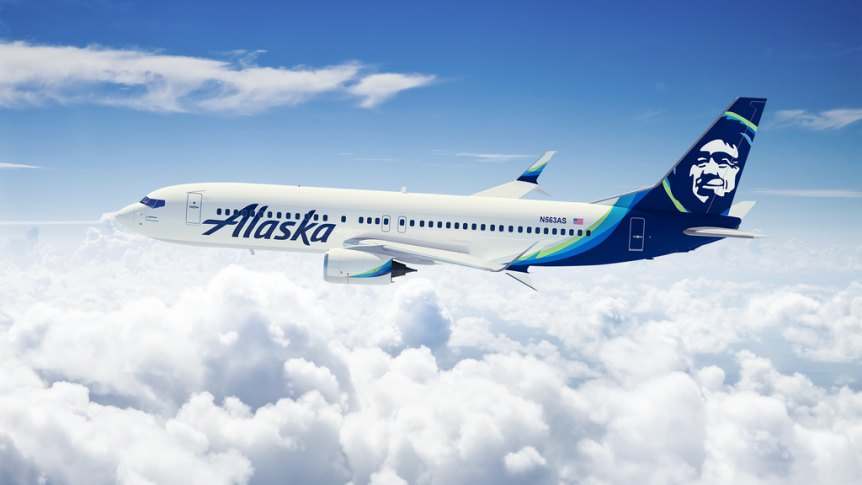The debut of the Alaska Airlines 737 Max marks a major milestone in the airline’s evolving fleet strategy and a renewed confidence in Boeing aircraft. Alaska Airlines became the first new customer to support the Boeing 737 Max following its recertification in November 2020. This move signals the company’s deeper alignment with Boeing, even after the global challenges that impacted aviation throughout 2020 and 2021.
The seeds of this decision were planted in December 2016, when Alaska Airlines acquired Virgin America, a merger that elevated Alaska to the fifth-largest airline in the United States by passenger count. CEO Brad Tilden emphasized at the time that the goal was to provide more flight options at lower prices for travelers. However, this presented a logistical challenge: Virgin America’s fleet was entirely Airbus A320-family jets, while Alaska’s was dominated by Boeing 737 aircraft.
Fleet unification became a priority in the years that followed. In 2020, Alaska Airlines officially placed an order for 23 Boeing 737 Max 9 jets to replace Virgin’s aging A319 and A320 models. Despite the Max’s temporary grounding, Alaska doubled down on its trust in Boeing, even as many competitors hesitated.
By early 2020, the airline had planned to operate a mixed fleet of Boeing 737 Max 9s and Airbus A321neos. Both aircraft are efficient, narrow-body workhorses well-suited for medium-haul domestic and transcontinental routes. However, the COVID-19 pandemic disrupted those plans, prompting Alaska’s leadership to reassess its operational priorities.
Alaska Airlines Treasurer Nat Pieper noted that, during the onset of the pandemic, preserving liquidity became the airline’s top concern. With Boeing jets grounded and travel demand plummeting, Alaska leaned heavily on its Airbus A320s—49 of which remained in service throughout the summer of 2020. But the long-term vision remained clear: simplify the fleet and lean into the advantages of a Boeing-dominant operation.
That strategy began to materialize when Alaska confirmed plans to phase out its remaining Airbus aircraft and focus on integrating more 737 Max jets into the fleet. The airline’s first 737 Max will begin commercial service in March, flying routes from Seattle to Los Angeles and onward to San Diego. The jet features 178 seats and reflects Alaska’s commitment to efficient, high-capacity travel.
Alaska’s partnership with Boeing dates back decades, and the introduction of the Max series strengthens that relationship. The 737 Max 9 offers improved fuel efficiency, reduced emissions, and advanced avionics—features that align well with Alaska’s environmental goals and cost-saving initiatives. With 32 Max aircraft originally ordered in 2012 and additional options exercised later, the airline is positioned for long-term growth and modernization.
American Airlines may have been the first U.S. airline to resume Max operations in late 2020, but Alaska’s adoption is seen as a fresh endorsement of the jet’s potential. It also represents a deliberate shift toward a streamlined and cost-effective fleet, one that reduces maintenance complexity and pilot training requirements by focusing on a single manufacturer.
In addition to operational efficiency, passengers flying on the new Alaska Airlines 737 Max can expect an upgraded onboard experience. The aircraft features Boeing’s Sky Interior with customizable LED lighting, larger overhead bins, and quieter engines—all of which contribute to a more comfortable flight.
Looking ahead, Alaska Airlines plans to retire its entire Airbus fleet by the end of 2023. This move not only simplifies operations but also underscores the airline’s strategic realignment toward a uniform Boeing fleet, which is expected to reduce costs and improve reliability across its network.
In conclusion, the reintroduction of the 737 Max into Alaska Airlines’ schedule represents more than just a fleet update—it’s a signal of forward-thinking resilience in an industry still recovering from global setbacks. With new aircraft in the skies and a focused partnership with Boeing, Alaska is clearly charting a path toward a more unified, efficient, and competitive future.
Photo Credit: alaskaair.com

